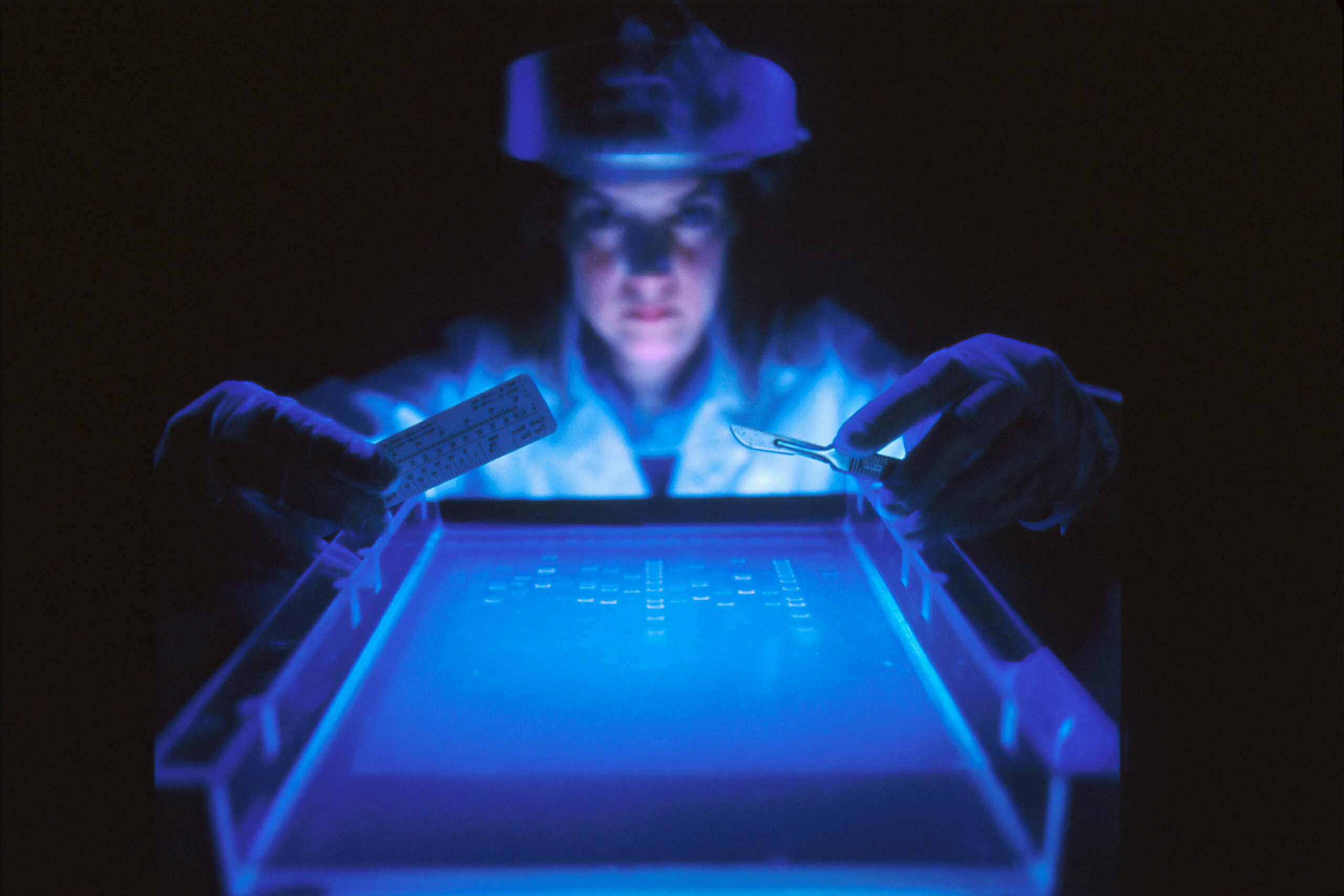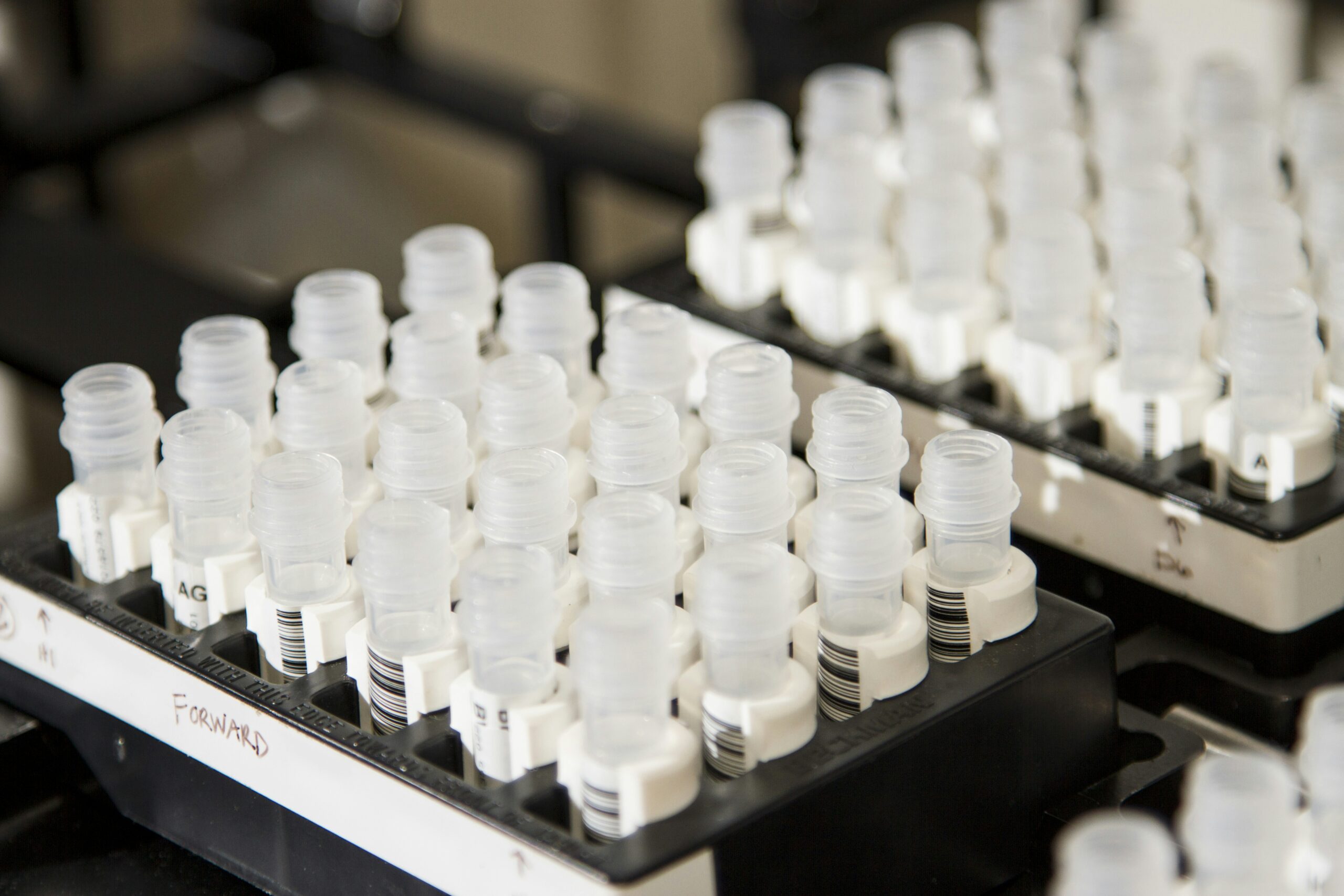Have you ever wondered about the location of the prostate in relation to the bladder? It's a question that might have crossed your mind, and today we are here to shed some light on this anatomical mystery. Understanding the positioning of the prostate is not only interesting but also important for various reasons, such as diagnosing and treating certain health conditions. So, let's dive into this fascinating topic and uncover whether the prostate lies above or below the bladder.

Understanding the Prostate
Definition of the Prostate
The prostate is a small, walnut-shaped gland that is part of the male reproductive system. It is located just below the bladder and surrounds the urethra, which is the tube that carries urine from the bladder out of the body. The prostate gland is composed of glandular tissue and muscle fibers, and it produces a fluid that helps nourish and protect sperm.
Function of the Prostate
The primary function of the prostate gland is to produce and secrete seminal fluid, which is an important component of semen. This fluid helps to nourish and transport sperm, increasing their chances of successfully fertilizing an egg. The prostate is also responsible for the contraction of its muscle fibers during ejaculation, which aids in the expulsion of semen.
Relation of Prostate to Other Organs
The prostate gland is closely related to several other organs within the male reproductive system. It lies just below the bladder, with the urethra passing through its center. The proximity of the prostate to the bladder is crucial as it allows the prostatic fluid to mix with sperm and other seminal fluids as they travel through the urethra during ejaculation. Additionally, the prostate is in close proximity to the seminal vesicles, which produce a significant portion of seminal fluid. Together, these organs work harmoniously to support the process of reproduction.
Understanding the Bladder
Definition of the Bladder
The bladder is a hollow, muscular organ that is an integral part of the urinary system. Its primary role is to store and release urine, which is produced by the kidneys. The bladder is situated in the lower abdomen, just above the pelvic bones, and is connected to the kidneys by two tubes called ureters. When the bladder is full, it expands to accommodate the urine, and when it is time to eliminate waste, the bladder contracts to expel the urine through the urethra.
Function of the Bladder
The function of the bladder is to store urine until the body is ready to eliminate it. The bladder has a capacity of approximately 400-600 milliliters in adults, although the feeling of needing to urinate typically occurs when it is about halfway full. When the bladder walls stretch due to the presence of urine, it sends signals to the brain indicating the need to urinate. The brain then coordinates the relaxation of the urinary sphincter muscles and the contraction of the bladder muscles, leading to the release of urine.
Relation of Bladder to Other Organs
The bladder is closely associated with neighboring organs within the pelvis. It is located just above the prostate gland in males and near the uterus and vagina in females. In males, the urethra travels through the center of the prostate and then through the bladder, allowing both urine and semen to pass through. The close proximity of the bladder to these other organs reinforces the importance of proper communication and coordination between them in maintaining urinary and reproductive health.
Anatomical Location of the Prostate
Position of the Prostate in the Male Body
The prostate gland is situated in the lower pelvis, just below the bladder and in front of the rectum. Its location is advantageous as it allows for easy access to the urethra, which passes through the center of the prostate. This positioning is crucial for the prostate's role in semen production and ejaculation.
Proximity of the Prostate to the Bladder and Other Organs
The prostate is in close proximity to the bladder, sharing a contiguous border with it. This close association between the two organs enables the prostate to play its important role in reproductive health. Additionally, the prostate is adjacent to the rectum, which allows for rectal examination as a means of screening for prostate-related problems.
Anatomical Location of the Bladder
Position of the Bladder in the Body
The bladder is located in the lower abdomen, behind the pubic bone and in front of the rectum in males. In females, it lies in front of the uterus and vagina. Its position allows for efficient filling and emptying of urine.
Proximity of the Bladder to Other Organs Including the Prostate
The bladder's close proximity to other organs within the pelvic region is significant for its function and overall health. In males, the bladder is just above the prostate gland, with the urethra passing through both structures. This close relationship between the bladder and prostate allows for proper coordination during urination and ejaculation. Furthermore, the bladder is situated near the uterus and vagina in females, highlighting the interconnectedness of these organs in the overall functioning of the urinary and reproductive systems.

The Prostate-Bladder Connection
Structural Connection Between the Prostate and the Bladder
The prostate and bladder are structurally connected through the urethra, which passes through both organs. This connection allows for the transportation of both urine and semen through the urethra during urination and ejaculation. The structural proximity and interdependence of the prostate and bladder contribute to their coordinated functioning in maintaining urogenital health.
Functional Connection Between the Prostate and the Bladder
The functional connection between the prostate and bladder can be seen in their shared role in urogenital health. The prostate produces seminal fluid, which mixes with sperm and other seminal fluids from the seminal vesicles in the bladder during ejaculation. This collaboration ensures the viability and transport of sperm for successful reproduction. Additionally, the coordination between the bladder and prostate during urination is crucial for the proper emptying and elimination of waste from the body.
Does the Prostate Lie Above or Below the Bladder?
Direct Answer to the Positional Relation of the Prostate and Bladder
The prostate lies below the bladder.
Explanation of the Positional Relation of the Prostate and Bladder
The prostate gland is situated just below the bladder, adjacent to the urethra. This relationship allows for the prostate to efficiently carry out its function in reproductive health by producing seminal fluid and aiding in ejaculation. The positioning of the prostate beneath the bladder also facilitates the coordination between these organs during urination, ensuring proper functioning of the urinary system.

Implications of Prostate Position on Health
Impact of Prostate Position on Urinary Health
The position of the prostate beneath the bladder can have implications on urinary health, particularly in relation to urine flow. In some cases, an enlarged prostate may exert pressure on the urethra, causing difficulties in urination and potentially leading to conditions such as benign prostatic hyperplasia (BPH) or urinary retention. Understanding the position of the prostate can aid in the diagnosis and treatment of these urinary issues, promoting better urinary health.
Relation of Prostate Position to Prostate Diseases
The position of the prostate below the bladder is closely associated with the development of prostate diseases. Prostate cancer, for instance, can originate in the prostate and potentially spread to neighboring organs such as the bladder. The proximity between the bladder and prostate makes it crucial to detect and address any abnormalities or diseases in a timely manner to prevent further complications and promote overall prostate health.
Implications of Bladder Position on Health
Impact of Bladder Position on Urinary Health
The position of the bladder in the body plays a significant role in maintaining urinary health. The bladder's location in the lower abdomen allows for efficient storage and elimination of urine. However, certain conditions, such as bladder prolapse, can occur when the bladder descends or drops down from its usual position. This can lead to various urinary problems, including urinary incontinence and urinary tract infections. Recognizing the importance of the bladder's position can aid in the prevention and management of such conditions.
Relation of Bladder Position to Bladder Diseases
The position of the bladder in relation to other organs, including the prostate, can influence the development and progression of bladder diseases. Bladder cancer, for example, can originate in the bladder lining and potentially invade neighboring structures such as the prostate or uterus. Understanding the anatomical position of the bladder allows for early detection and appropriate management of bladder diseases, promoting better bladder health.
Prostaglandin Role
Definition and Types of Prostaglandins
Prostaglandins are hormone-like substances that are produced by various cells throughout the body, including the prostate and bladder. They are derived from fatty acids and play a crucial role in inflammation, blood clotting, and smooth muscle contraction. There are different types of prostaglandins, including prostaglandin E1, prostaglandin E2, and prostaglandin F2 alpha, each with its specific functions and effects on the body.
The Role of Prostaglandins in Male Reproductive System
In the male reproductive system, prostaglandins have several important roles. They help regulate blood flow within the reproductive organs, including the prostate and bladder, which is necessary for their proper function. Prostaglandins are also involved in the contraction of smooth muscles, such as those within the prostate gland, facilitating ejaculation. Additionally, prostaglandins contribute to the inflammation response of the reproductive system, which can be both beneficial and detrimental depending on the situation.
Prostaglandins and their Effect on Prostate and Bladder
Prostaglandins have diverse effects on the prostate and bladder. For example, they can contribute to the inflammation response in the prostate, which may either be protective or harmful, depending on the circumstances. Prostaglandins can also affect the smooth muscle contraction within the bladder, influencing its ability to expand and contract during urine storage and elimination. Prostaglandins play a crucial role in maintaining the balance and proper functioning of both the prostate and bladder.
Conclusion
In conclusion, understanding the anatomical position of the prostate and bladder is essential for comprehending their interdependent functions and maintaining urogenital health. The prostate lies below the bladder and is closely associated with it through the urethra, contributing to proper semen production and ejaculation. The bladder, located in the lower abdomen, plays a significant role in storing and eliminating urine. Both organs are closely related to one another and other neighboring organs, highlighting the importance of coordination for maintaining urinary and reproductive health. The position of the prostate and bladder can have implications on urinary health, prostate diseases, and bladder diseases, emphasizing the need for early detection and appropriate management. Prostaglandins, with their diverse effects on the prostate and bladder, further contribute to the overall functioning of the male urogenital system. By understanding the anatomy and functions of the prostate and bladder, individuals can take shared responsibility in maintaining their health and promoting overall well-being.

